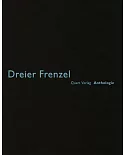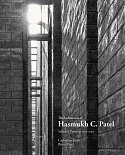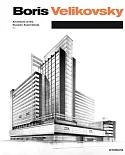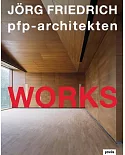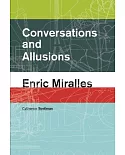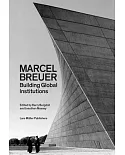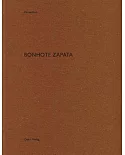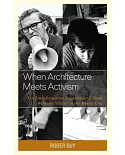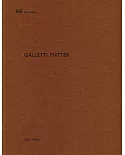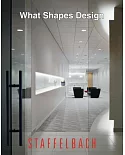With inexhaustible creativity, Frank Lloyd Wright designed an estimated 4,365 windows for over 160 of his buildings. With this boldly abstract glass, he distanced himself from his
contemporaries Louis Comfort Tiffany and John La Farge and invented a fully modern language for ornamental design.
Author Julie Sloan identifies three phases in Wright's evolution toward this exciting idiom. For his earliest windows, of 1885-1898, the master conceived curvilinear Queen Anne-style motifs.
In his famed Prairie-period homes of 1900-1910, he placed lambent glass of autumnal palette and complex patterns of chevrons and rectangles. Finally, vanguard European art and architecture
helped inspire his most joyous and inventive light screens. In his work of 1911-1923, Wright liberated ornament with his dancing triangles, primary colors, and exuberant asymmetries. In the
same years, his windows expanded from the single opening to the casement, the clerestory, and the skylight. These forms and patterns were essential to Wright's revolutionary vision, for they
served his unique conception of fluid interior spaces in dynamic dialogue with exterior views.
Including illustrations made especially for this book, Sloan shows how Wright, in her words, expanded the frontiers of stained glass in both its use and its design. Light Screens also
uncovers the influences on Wright's ornament-- from Japonisme to Friedrich Froebel's educational exercises-- and presents invaluable insights on period terms for Wright's glass, on his
writings about it, on how glass was made in his time, and on claims for his assistants' authorship of certain designs. A concluding chapter, "Beyond Leaded Glass, 1923-1959," surveys this
great architect's lifelong fascination with glazing and his continued exploration of the latest technologies.
A companion to this catalogue is Julie L. Sloan, Light Screens: The Complete Leaded-Glass Windows of Frank Lloyd Wright. With over 400 illustrations, that volume is the largest
gathering of Wright's windows ever published and the first to survey this oeuvre within his architecture.



